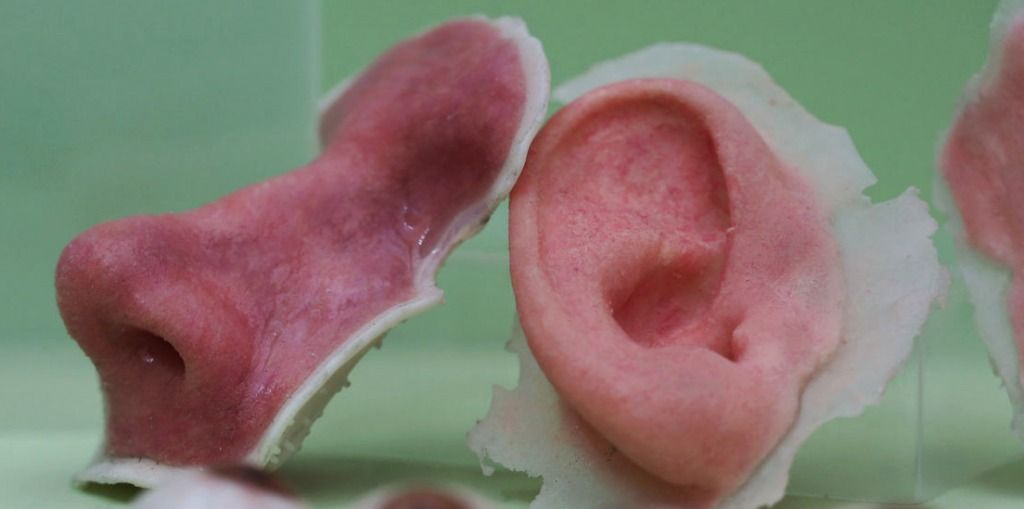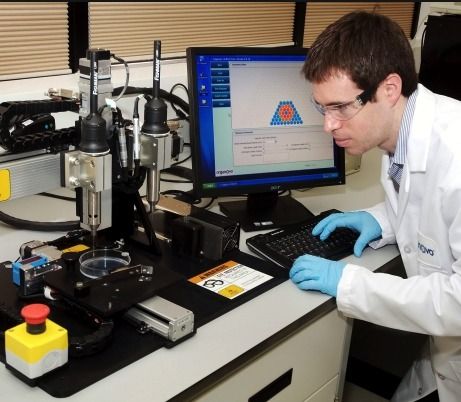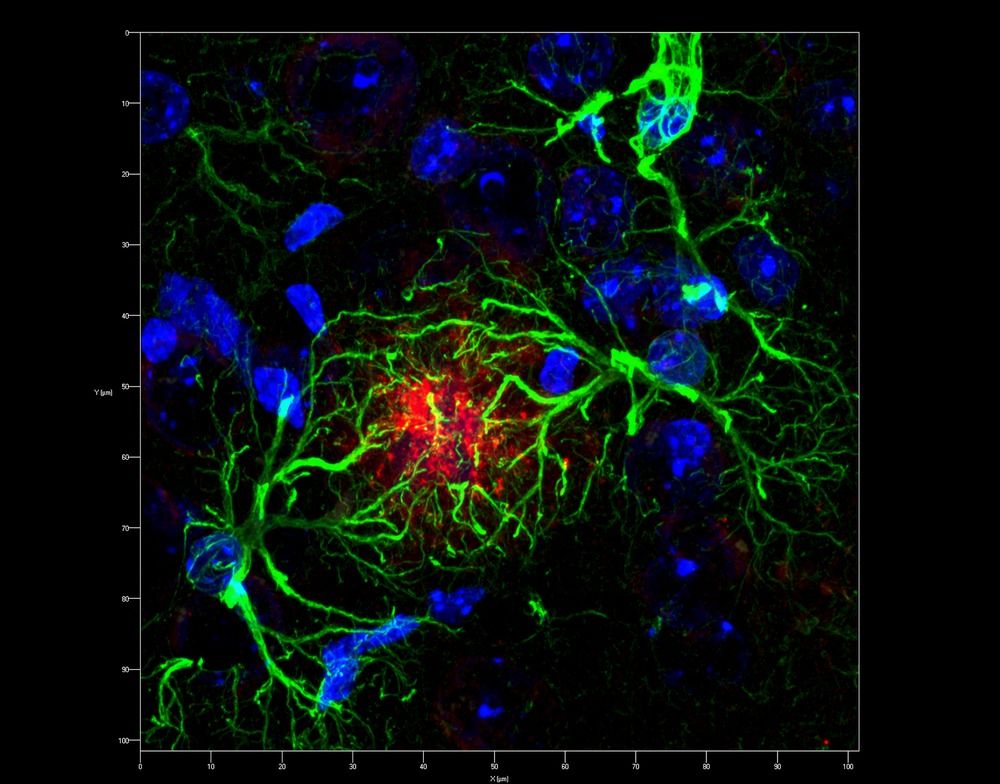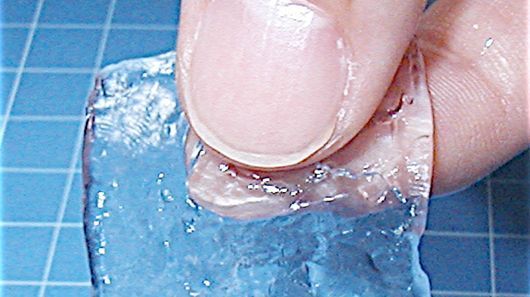Undoubtedly one of the most exciting areas within the 3D printing space is that of bioprinting. Using layer-by-layer fabrication methods, a number of companies are in the process of pushing forward a new paradigm shift within the medical implant, transplantation, and surgical spaces. While the media has mainly focused on Organovo, the company behind the world’s first 3D printable liver tissue, there are actually several other companies involved in this incredible space. Here are 3DPrint.com we thought it would be helpful to underline just a handful of those companies that may be about to change medicine as we know it.

Organovo The company, headquartered in San Diego, California, has been at the forefront of 3D bioprinting research for some time now. Not only are they currently bringing revenues in by providing pharmaceutical companies with their  exVive3D™ Liver Tissue for drug toxicity testing, but they have partnered with major companies in the health space including L’Oréal and Merck, and are planning on introducing their exVive3D™ Kidney Tissue product by next year. With an ultimate goal of 3D printing patches made of human tissue for failing organs, and eventually entire organs for transplantation, Organovo certainly has their work cut out for them.
exVive3D™ Liver Tissue for drug toxicity testing, but they have partnered with major companies in the health space including L’Oréal and Merck, and are planning on introducing their exVive3D™ Kidney Tissue product by next year. With an ultimate goal of 3D printing patches made of human tissue for failing organs, and eventually entire organs for transplantation, Organovo certainly has their work cut out for them.
Read more
















